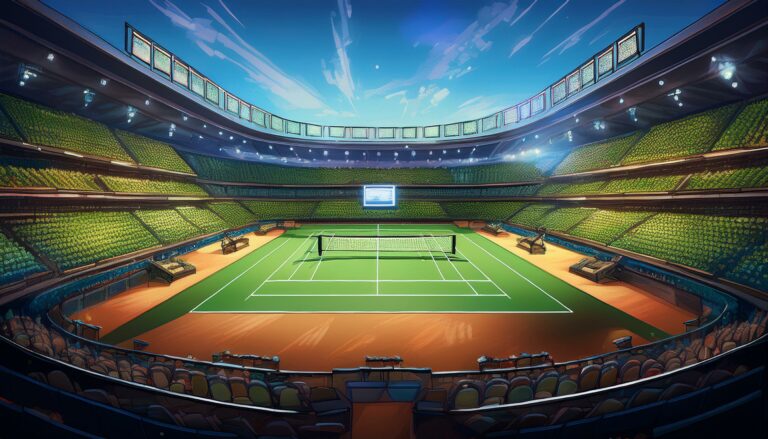Evaluating the Impact of Weather on Stadium Maintenance: Allpanel login, Mahadev online book, Cricket online id
allpanel login, mahadev online book, cricket online id: Stadium maintenance is a crucial aspect of ensuring that sports venues are safe and enjoyable for both players and spectators. One significant factor that can impact stadium maintenance is the weather. Extreme weather conditions can cause wear and tear on stadiums, leading to costly repairs and potential safety hazards. Evaluating the impact of weather on stadium maintenance is essential for facility managers to develop effective maintenance plans and mitigate potential risks.
Understanding how different weather conditions can affect stadium maintenance is key to implementing proactive maintenance strategies. Let’s delve into the various ways in which weather can impact stadium maintenance:
1. Rainfall
Excessive rainfall can lead to water damage in stadiums, causing leaks, mold growth, and structural deterioration. It is essential to have proper drainage systems in place to prevent water from pooling on the field or in seating areas.
2. Snow and Ice
Snow and ice can damage turf, seating, and walkways in stadiums. Regular snow and ice removal are necessary to prevent accidents and ensure the safety of players and spectators.
3. Heat and Sun Exposure
Extreme heat and sun exposure can cause materials such as seats, turf, and signage to deteriorate more rapidly. Regular inspections and maintenance of these materials are essential to prolong their lifespan.
4. Wind
Strong winds can damage roofs, signage, and other structures in stadiums. Regular inspections and repairs are necessary to prevent wind-related damage.
5. Humidity
High humidity levels can lead to mold growth and corrosion of metal structures in stadiums. Proper ventilation and dehumidification systems are essential to control humidity levels and prevent damage.
6. Temperature Fluctuations
Extreme temperature fluctuations can cause materials to expand and contract, leading to cracks and other structural issues. Regular inspections and maintenance are necessary to address any potential damage caused by temperature fluctuations.
FAQs
Q: How often should stadiums undergo maintenance to prevent weather-related damage?
A: Stadiums should undergo regular inspections and maintenance at least twice a year to prevent weather-related damage and ensure the safety of players and spectators.
Q: What are some common maintenance tasks that can help prevent weather-related damage?
A: Common maintenance tasks include inspecting drainage systems, removing snow and ice, repairing leaks, and conducting regular inspections of stadium structures and materials.
Q: How can stadium managers prepare for extreme weather events?
A: Stadium managers can prepare for extreme weather events by developing emergency response plans, conducting regular inspections of stadium structures, and investing in weather-resistant materials.
In conclusion, evaluating the impact of weather on stadium maintenance is essential for ensuring the safety and longevity of sports venues. By understanding how different weather conditions can affect stadiums and implementing proactive maintenance strategies, facility managers can effectively manage weather-related risks and prevent costly repairs. Regular inspections, maintenance, and emergency response planning are key components of a successful stadium maintenance program.







